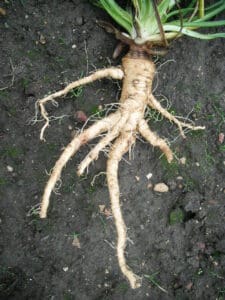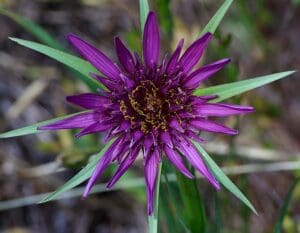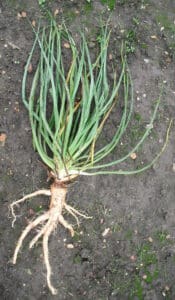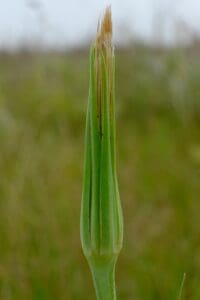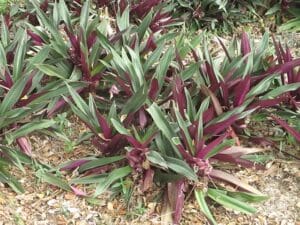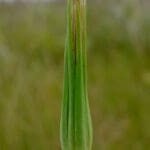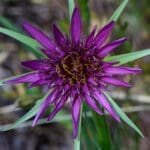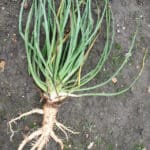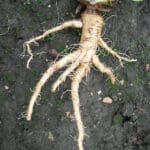Salsify / Spring / Summer / Autumn / Edible
Salsify is a true culinary delight, it’s a root vegetable with quite distinctive characteristics and is known for its delicate oyster-like flavour. It belongs to the Asteraceae family and is a species that originated in the Mediterranean but it has historical roots (no pun intended) as a cultivated vegetable, with records of its consumption dating back centuries, but it mainly gained popularity in European cuisines during the 18th and 19th centuries.
Common Names
Oyster Plant, Vegetable Oyster
Botanical Name
Tragopogon porrifolius
Scientific Classification
Kingdom – Plantae
Order – Asterales
Family – Asteraceae
Physical Characteristics for Salsify
Leaves
It produces long, narrow leaves with a grass-like appearance. The leaves grow from the base of the plant, forming a rosette close to the ground. In the second year, it produces tall flowering stems.
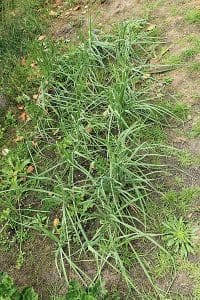
Flowers
The plant develops striking purple or lavender flowers that look a bit like large dandelion blooms. The flowers open during the day and close in the afternoon. adding to the plant’s charm.
The opening and closing of Salsify flowers during the day contribute to what is often referred to as a “floral clock.”
Seeds
The seed head look very similar to the closely related Dandelions and Thistles.
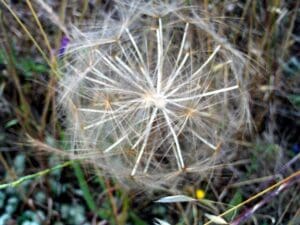
Root
Salsify roots are long, thin, and similar in shape to parsnips, but with a pearly white flesh.
Habitat
It thrives in well-drained soil and is often found in fields, meadows, or disturbed areas. Its adaptability allows it to grow in various climates.
Known Hazards
There are no significant hazards are associated with this plant.
Could be Confused with
Salsify has pretty unique features, its Dandelion-like purple flowers are quite distinctive, its closest look-a-like is perhaps Meadow Salsify (Tragopogon pratensis), but this has yellow flowers and is also edible.
Edible Uses
The entire Salsify plant is edible, but the root is the main attraction. Harvest the roots, peel them, and cook as you would carrots or parsnips to enjoy a subtle oyster flavour. The young leaves can be used in salads or cooked as greens, providing a nutritious addition to meals.
Notes on Herbal Uses
The plant is high in dietary fiber and is also rich in carbohydrates.
Salsify contains high amounts of antioxidants such as: Falcarindiol, Falcarinol, Methyl-falcarindiol, and Panaxydiol, and these compounds have been shown to have antioxidant properties that may help reduce the risk of cancers.
It is also high in Vitamin C, potassium, calcium, and sodium which may help to boost your immune system and help regulate blood pressure.
Extra notes from the Foragers
Salsify’s popularity in traditional and gourmet cuisine makes it a rewarding find for foragers. Before the flowers appear it can be pretty tough to spot but its fairly common. I love the taste and now cultivate it at home. It’s a lot easier to grow than other root vegetables for example carrots and it taste much nicer in my opinion too.



